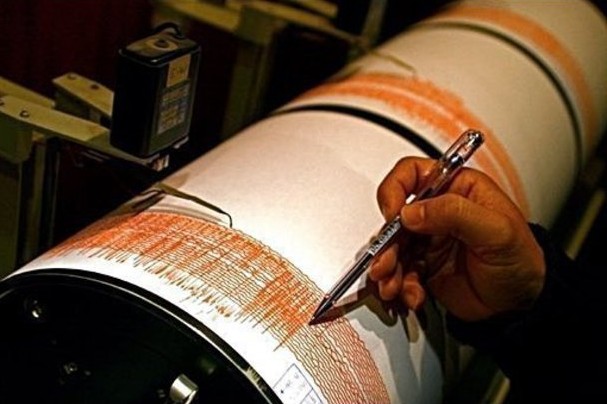
GENERAL SANTOS CITY — A major devastation in the magnitude of the 1991 eruption of Mt. Pinatubo in Central Luzon could hit this city and other parts of Region 12 if one of the area’s two active volcanoes would eventually erupt.
Dr. Renato Solidum, Philippine Institute of Volcanology and Seismology (Phivolcs) director, gave this scenario as he confirmed that the two volcanoes — Mts. Parker and Matutum — straddling the provinces of South Cotabato and Sarangani, are considered active and might erupt in due time.
He said Mts. Parker and Matutum may be considered small when compared to other volcanoes found in the country but are highly capable of triggering violent eruptions.
Mt. Parker, which is locally known as Melibengoy, has a listed elevation of 1,824 meters while Mt. Matutum was measured at 2,286 meters.
In the case of Mt. Parker, he said it is considered as a “twin” of Mt. Pinatubo due to their similarities in terms of characteristics and chemical composition of their rocks and magma.
Mt. Parker, which has a crater-lake near its peak, is located at the boundary of South Cotabato and Sarangani provinces.
Solidum said that in terms of eruption style, Mt. Parker could be the same as that of Mt. Pinatubo since they are both stratovolcanoes.
He said the same scenario could happen for Mt. Matutum, which is located at the tri-boundaries of South Cotabato, Sarangani Province and Davao del Sur.
“The scenario would be a large-scale eruption and vast areas would be affected. So it is very important for us to prepare for that as early as now,” he said during the two-day Region 12 leg of the “Iba na ang Panahon: Science for Safer Communities” road show here that ended on Tuesday.
In the event that one of the two volcanoes would erupt, Solidum said all lower valleys and rivers in this city and parts of South Cotabato, Sarangani and Sultan Kudarat provinces will likely be affected by pyroclastic flows.
When the rainy season comes, he said the pyroclastic materials, rocky debris and water would flow into the lower portions of the area in the form of lahar or mudflow.
Solidum said such scenario already happened in the past, specifically in the last recorded eruption of Mt. Matutum on March 7, 1911 and of Mt. Parker on January 4, 1641.
Citing their studies on Mt. Parker, he said it already had two major past eruptions prior to 1641, which had been confirmed through historical accounts of the area’s T’boli and B’laan tribes.
He said the volcano first erupted between 23,000 to 27,000 years ago and the second was around 600 years ago.
When the city airport was being constructed between 1995 and 1996, Solidum said workers then unearthed charred remains of hardwood that were buried underneath the lahar that covered the area.
He said the area’s lahar covering mainly came from the eruptions of Mt. Parker, which is only around 30 kilometers west of this city.
“In fact, the entire city is almost covered and built under lahar that came from Mts. Parker and Matutum,” he said.
Solidum said that while the devastating impact of the potential volcano eruptions in the area could not be stopped, they can be mitigated through early preparation by communities that would likely be affected.
He said it is important for the area’s local government units to include such scenario in their local disaster risk reduction and management plans and make sure that local communities are properly informed about them.
The official said residents should also be educated on warning signs of an imminent volcano eruption that includes the drying of nearby wells, drying of vegetation, unusual behavior of animals and smoke directly coming from the crater.
For its part, Solidum said Phivolcs has set up monitoring stations for seismic activities in each of the two volcanoes.
He said these stations are equipped with real-time communication systems that could immediately give out proper warnings regarding possible volcanic activities.